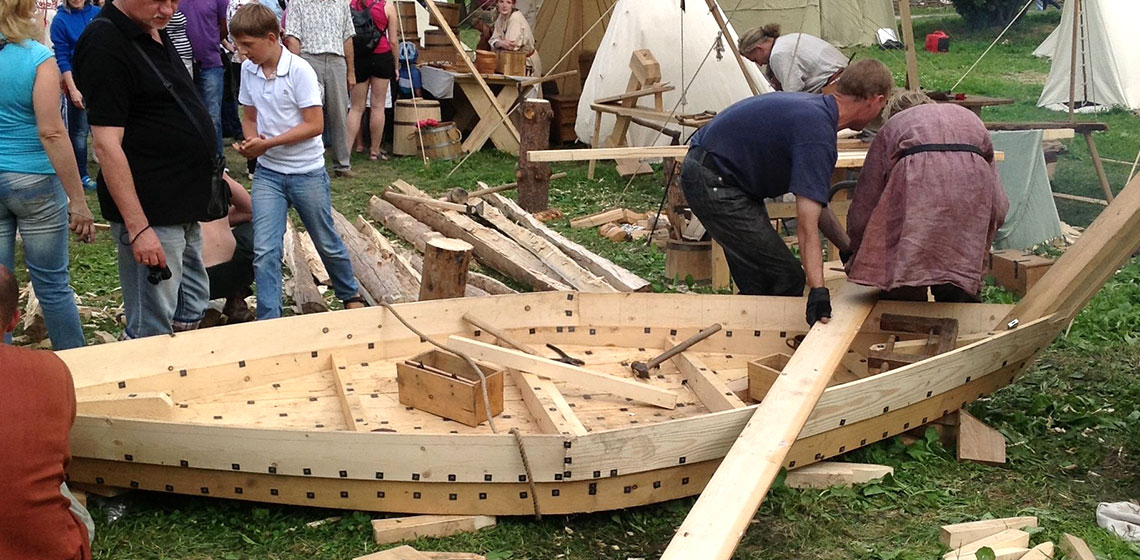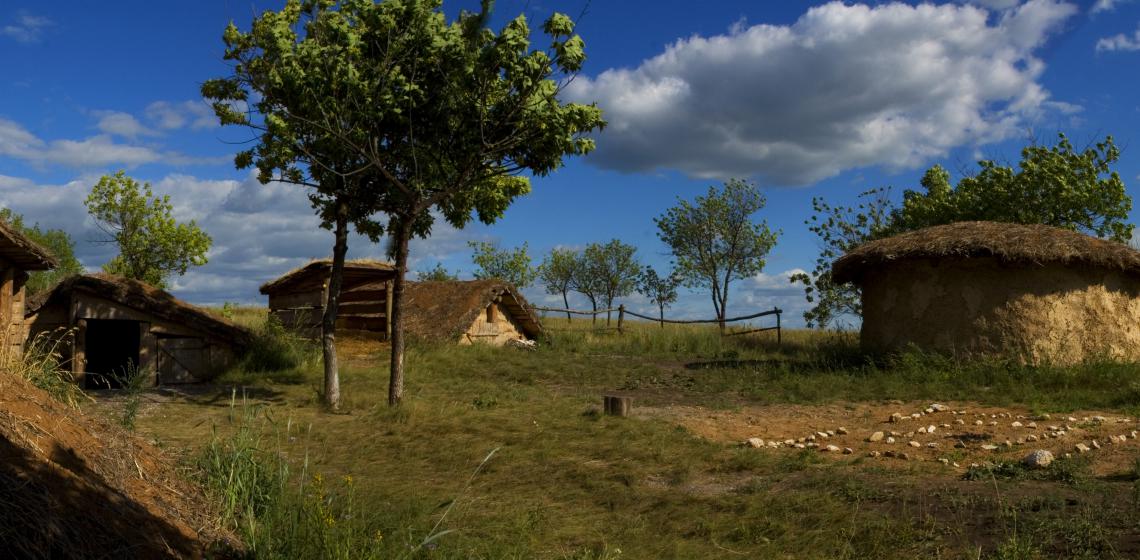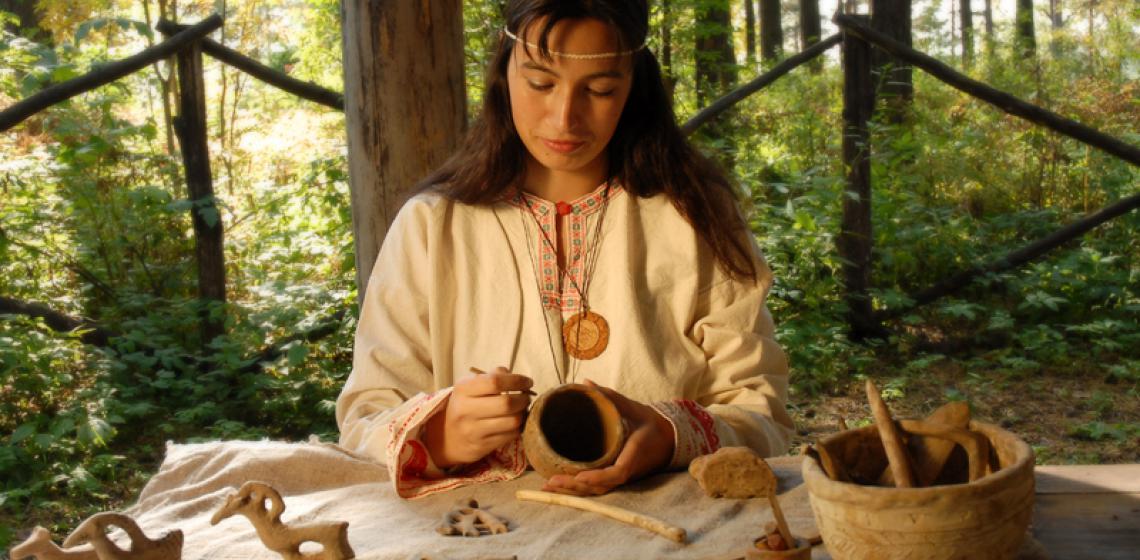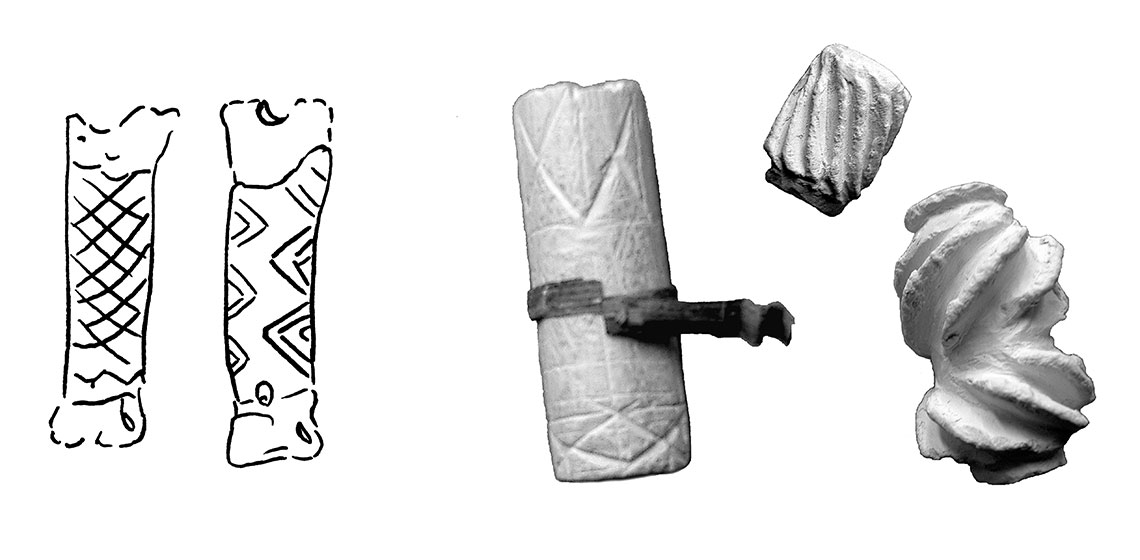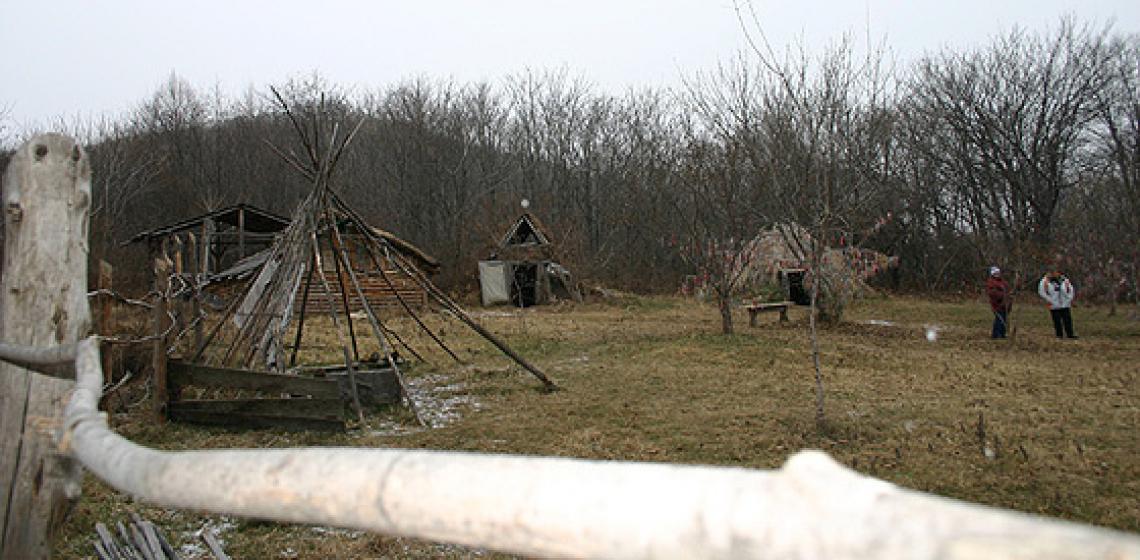National Museum of Tatarstan (RU)
The National Museum of the Republic of Tatarstan is one of the oldest museums in Russia, representing the biggest reserve of the cultural monuments of Tatarstan and Russia's peoples as well as the other world civilisations. The Museum is located in the former Gostinyi dvor, built at the beginning of the XIX century, the historical and cultural monument of the federal importance (note: "Gostinyi dvor" is a historic Russian term for an indoor market, or shopping centre). At the present time the collection of the National Museum of the Republic of Tatarstan features more than 910.000 objects representing history, culture and traditions of the peoples of the Volga Region, Russia, Western and Eastern world cultures.


